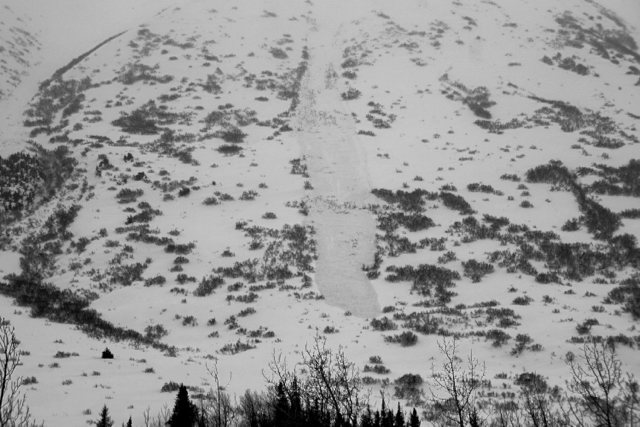Turnagain Pass
|
|
The avalanche danger remains HIGH at all elevations due to strong winds, rain and snowfall in Turnagain Pass, Portage, Placer and Girdwood where natural avalanches 2-5′ thick are likely today. Travel is not recommended in avalanche terrain where natural avalanches are likely occurring and human triggered avalanches are very likely. Steer clear of gullies and the bottom of large and steep slopes in the event an avalanche releases above you.
Hiking in Portage Valley: Travel along, and past, the designated Byron Glacier trail is not recommended due to exposure to avalanche terrain. Natural avalanches are possible today that could send debris to valley floors.
Summit Lake: Travel in avalanche terrain is not recommended. Read the Saturday Summit Summary HERE including an avalanche triggered yesterday at Manitoba, HERE.
A reminder that Skookum Valley is closed to motorized use as of yesterday, Saturday, April 1st. This is an annual closure as per the Chugach National Forest Plan document. All other motorized areas remain open – see area status on the bottom of this page for more information.





